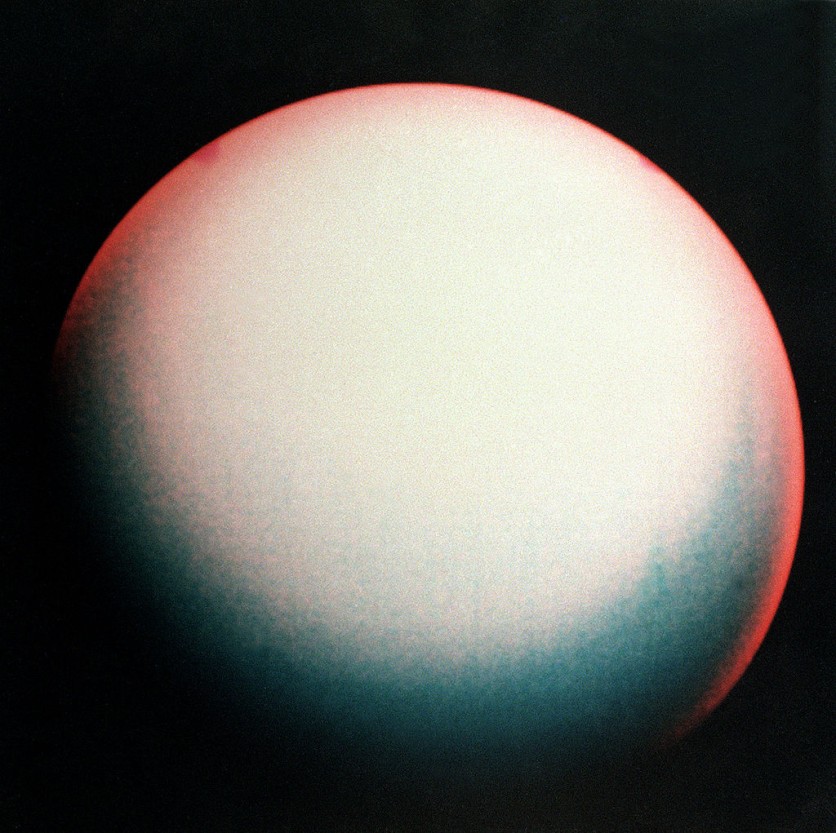On February 25, the moon will travel close to Uranus, as reported by space.com. This transit will provide skywatchers to spot Uranus.

During this event, the moon and Uranus will be in the constellation of Aries. According to In the Sky, the five-day old moon will pass Uranus within around one degree.
From New York City, the moon and Uranus will be visible high in the sky to the west after sunset, approximately around 11:00 pm. The moon will have a magnitude of -11.4, with the minus prefix indicating a bright object over Earth. Uranus will be much dimmer with a magnitude of 5.8. Uranus is the third biggest planet, and is four times as wide as Earth.
Even if the moon and Uranus make a close approach, they will still be separated to be viewed in the narrow field of view of most telescopes. It will depend on the magnification level and focal ration.
The close approach will be seen in the wider field of view of binoculars, and may be seen with the naked eye in the right conditions. Uranus is only visible to the eye at this time of year with dark skies and right weather conditions.
It is recommended to view the close approach of the moon and Uranus with a pair of binoculars or a small telescope. The moon and Uranus will appear as two distinct points of light, and the view will be enhanced when the telescope is pointed away from the bright moon. It is important to note that the moon will be moving quickly across the sky, so the view may be fleeting.
It is also important to note that the sky will be very bright and the stars will be difficult to see, so it is best to view the close approach of the moon and Uranus in the first few hours after sunset.
Also read: Where did Neptune and Uranus come from? New research has answers
About Uranus
Uranus is the seventh planet from the Sun and the third-largest in the Solar System. It is a gas giant with an average radius of 25,362 km. Its atmosphere is composed of hydrogen and helium with trace amounts of methane, water vapor, and other hydrocarbons. Its core is made up of a rocky material.
Uranus has 27 known moons, the largest of which is Titania. It also has 13 known rings made up of small particles of dust and ice. Its rotational period is 17 hours, 14 minutes. The planet was discovered by William Herschel in 1781.
During this close approach, Uranus can be seen through binoculars or small telescopes as well. It may appear as either a faint star or even just a tiny disc depending on viewing conditions and equipment used. With good quality optics however one should be able to make out some details such as cloud bands in the atmosphere and maybe even one or two moons if they are lucky enough!
Related article: Planet Uranus Could Be Full Of Giant Diamonds

ⓒ 2025 TECHTIMES.com All rights reserved. Do not reproduce without permission.




